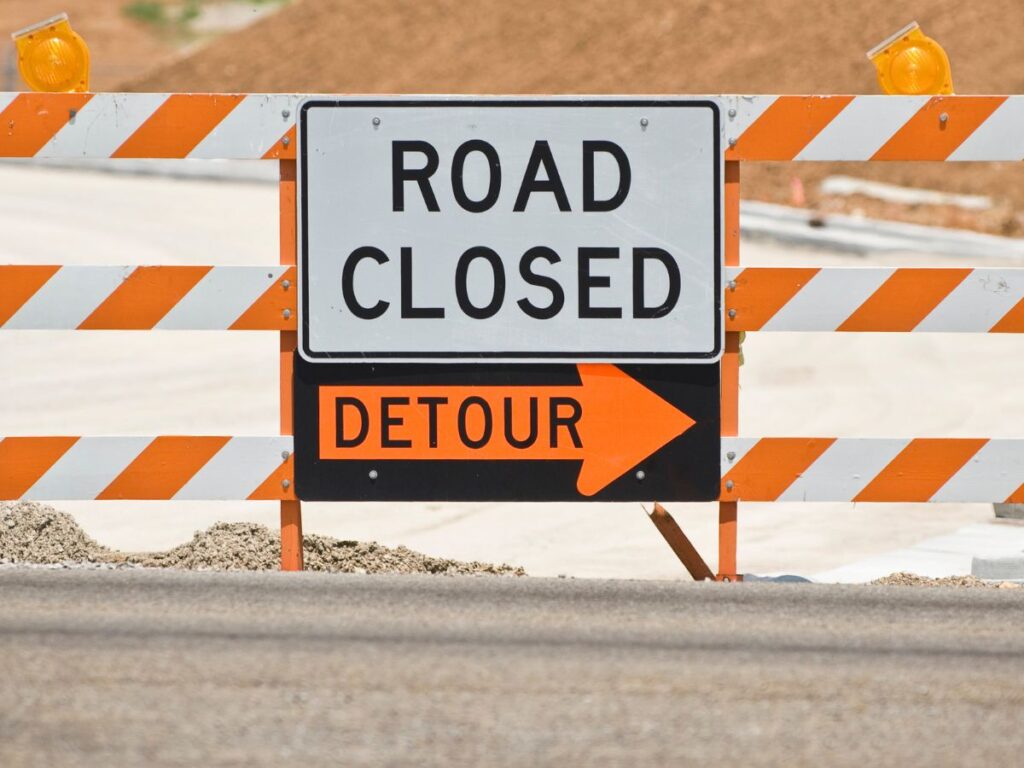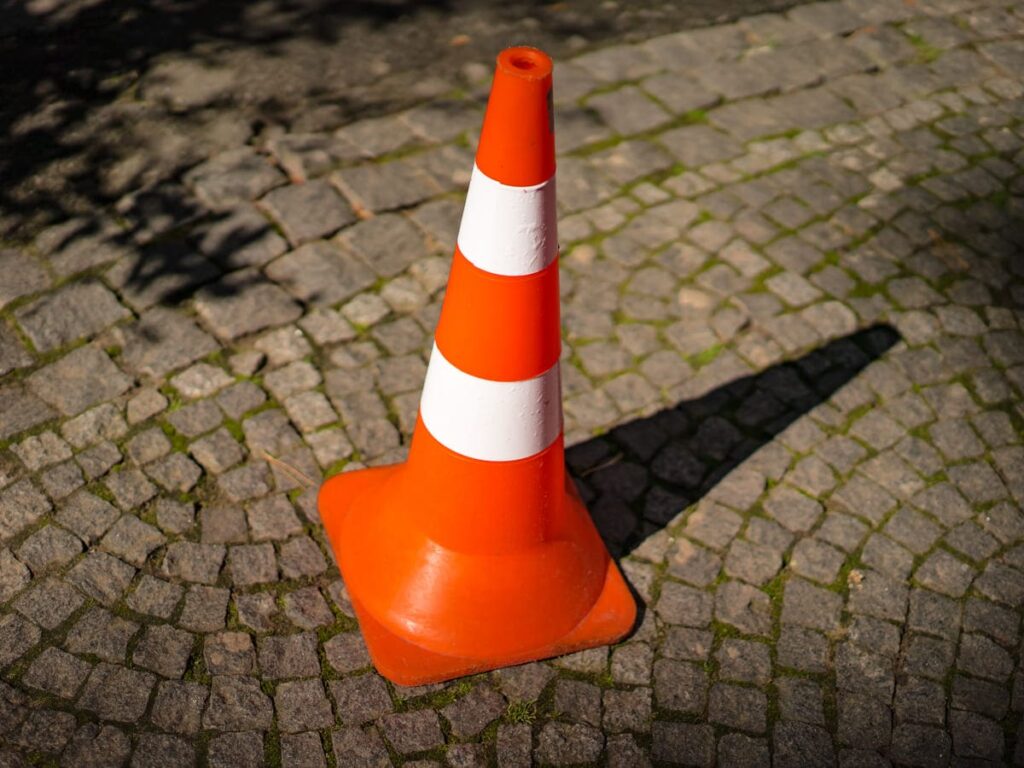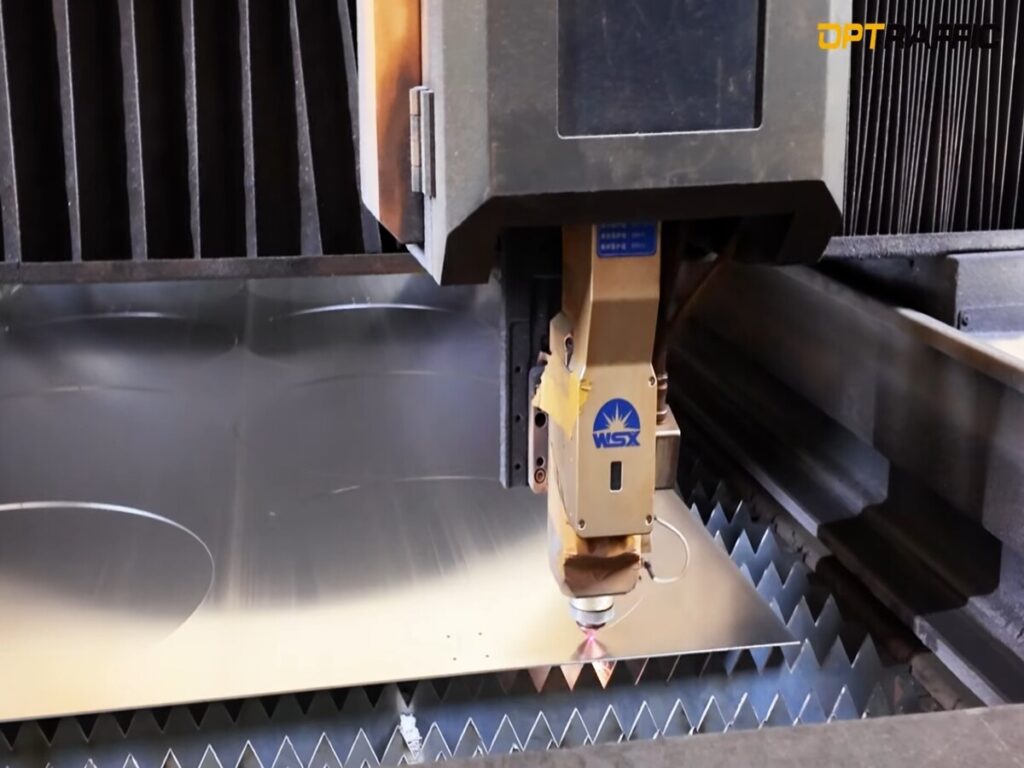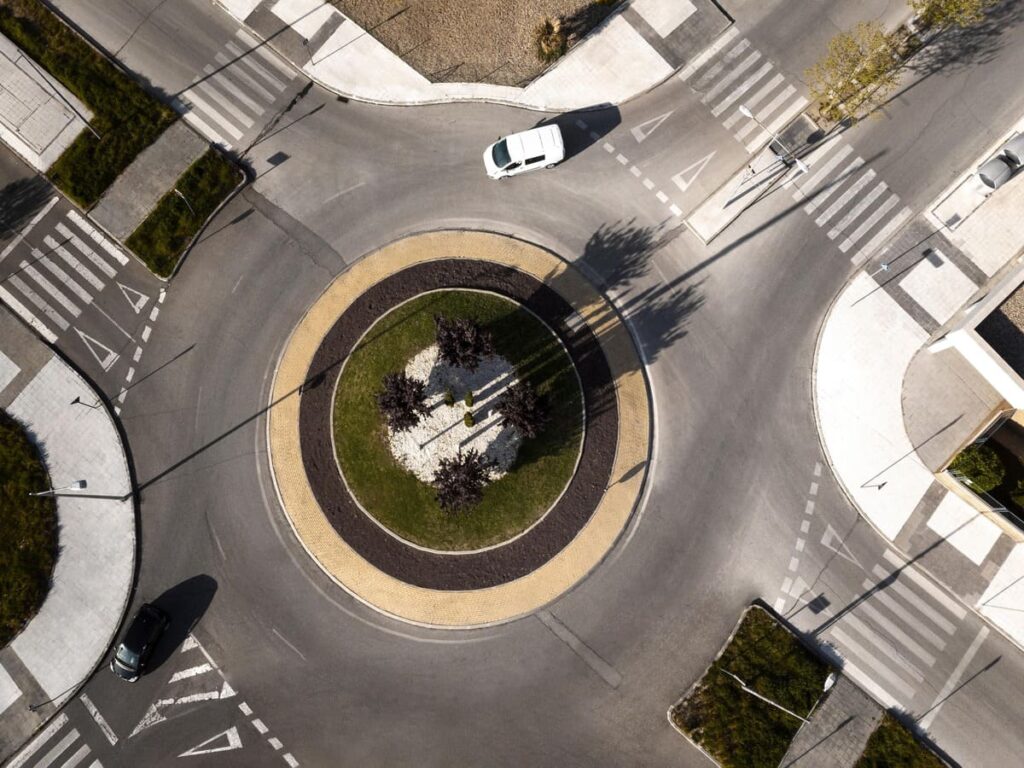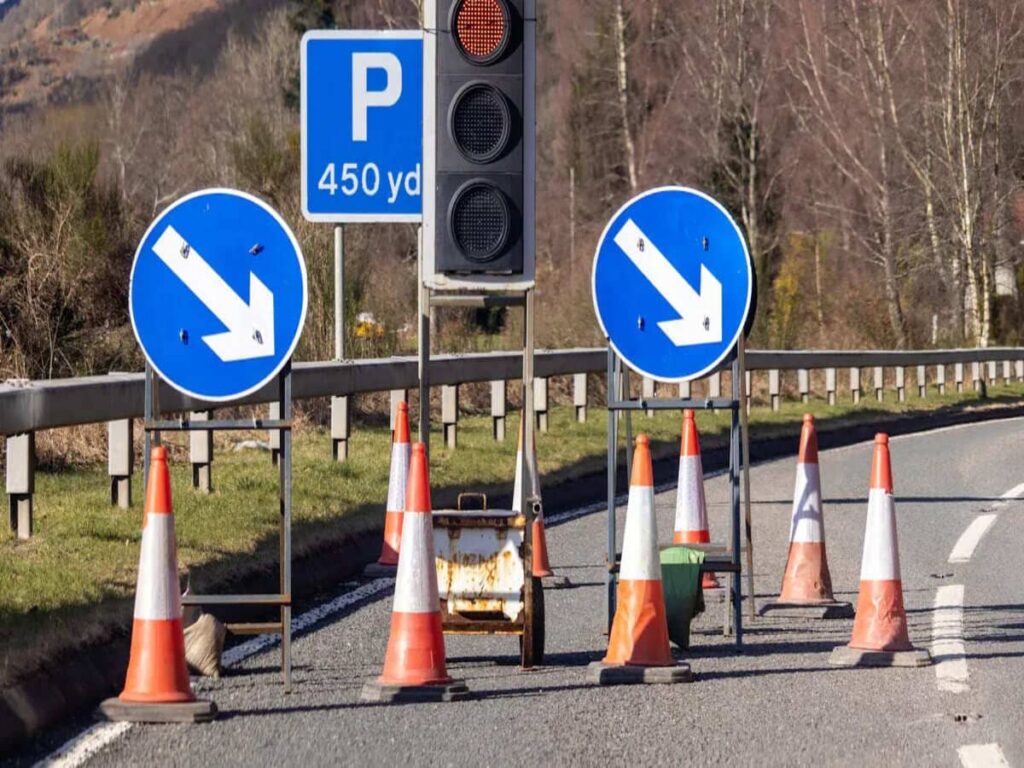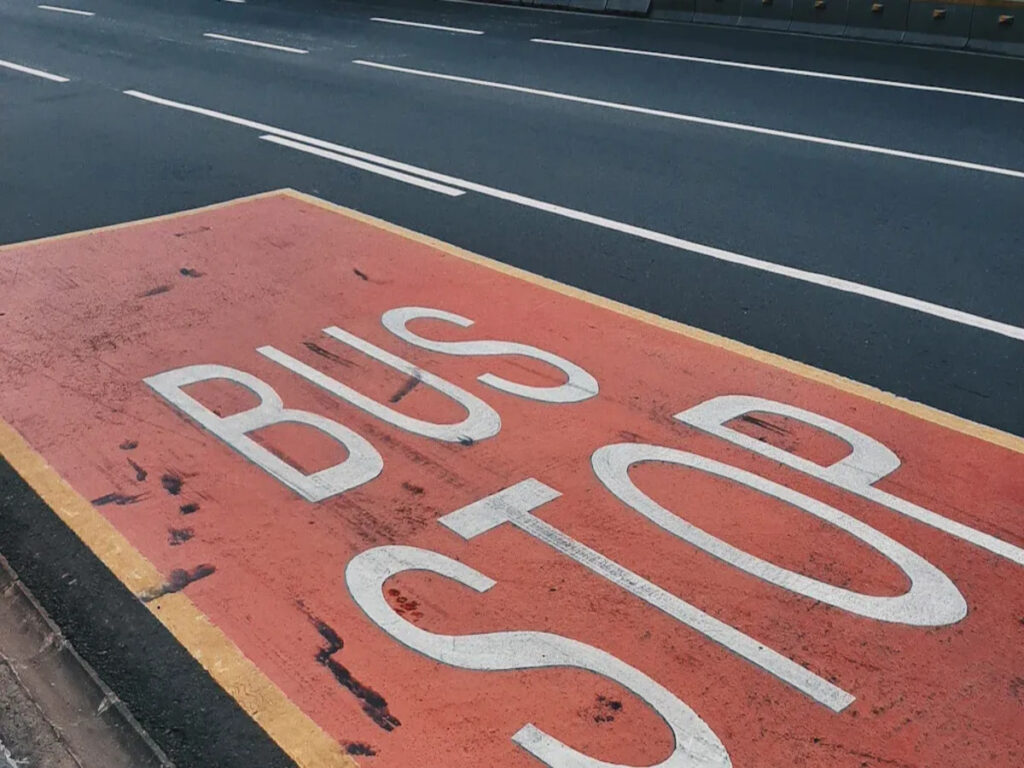
As faixas de ônibus são importantes para mover transporte público e tráfego em cidades movimentadas. Muitas cidades da Austrália mostram que as faixas de ônibus podem mudar como o tráfego e o transporte público trabalham juntos. Os sinais de pista de ônibus certos ajudam os motoristas e os usuários de transporte público a conhecer as regras. Isso reduz a confusão e mantém o tráfego em movimento bem. Quando o transporte público não está atrasado, Menos carros esperam nas linhas. Isso significa menos congestionamento nas estradas principais.
Clear bus lane signs help public transport by showing everyone when and where to use special lanes. À medida que as cidades ficam maiores, traffic and public transport need to keep changing to stop congestion and help everyone travel better. This advice helps traffic managers, construtores, rental companies, and city planners pick the best options for their work.
For a deeper understanding of how Australian traffic signs are regulated, Confira nosso blog, Entendimento como 1742: A fundação dos regulamentos da placa de trânsito australianos.
Takeaways -chave
- Clear bus lane signs help drivers know the rules. Good signs stop confusion and keep traffic moving well.
- Following Australian standards keeps signs easy to see. Regular checks make sure signs work and help buses run on time.
- Live traffic data and smart signs help change bus lane rules fast. This helps stop traffic jams and long waits.
- Checking traffic and collecting data shows where bus lanes work best. This helps traffic move better everywhere.
- Eco-friendly materials and smart systems make signs good for the planet. These help cities stay clean and green.
Bus Lane Signs Overview
Tipos de sinal
Cities use different bus lane signs to manage traffic and support public transport. Each sign has a clear purpose. O R7-1-1 sign marks lanes for buses only. Drivers see this sign and know that only buses can use the lane. This helps buses move faster and avoid congestion. The R7-1-6 sign allows buses and other vehicles, such as taxis or bicycles, to share the lane. This sign helps when public transport needs to mix with other traffic. Supplementary signs, like R7-V106, R7-2, R7-3, and R7-4, give extra information. Some show which vehicles can use the lane. Others show when the lane starts, ends, or which direction it covers. Time-based signs, such as R9-1-1, tell drivers when the lane is for buses only. These signs help manage congestion during busy hours and keep public transport on time.
Dica: Use the right sign for each lane. This helps drivers understand the rules and reduces confusion.
Padrões regulatórios
Australian cities follow strict rules for bus lane signs. The main standard is AS 1742.12:2000. This standard explains how to design and use bus lane signs. The Austroads Guide also gives advice on traffic management guidelines. These rules make sure all signs look the same and work well. Sinais devem ser fáceis de ver e ler. Good signs help public transport move smoothly and reduce congestion. Traffic managers check that every sign meets the rules before putting it up. They also use traffic management guidelines to decide where to place signs. This keeps traffic safe and helps buses avoid delays.
| Padrão | Propósito | Benefit to Public Transport |
|---|---|---|
| COMO 1742.12:2000 | Sets design and use for bus lane signs | Clear rules for bus lanes |
| Austroads Guide | Gives traffic management guidelines | Better planning for congestion |
Legal Use
Correct use of bus lane signs is very important. When cities use the right signs, drivers know when to stay out of bus lanes. This keeps public transport moving and stops congestion from getting worse. Se sinais estiverem errados ou ausentes, drivers may enter bus lanes by mistake. This can slow down buses and cause more traffic problems. Police and traffic officers use these signs to enforce the rules. They can give fines to drivers who break the rules. Good signs protect public transport and help everyone travel faster. Cities must check signs often to make sure they follow the law. This keeps traffic safe and reduces congestion.
Observação: Always follow the latest laws and check signs often. This helps avoid mistakes and keeps public transport running well.
Avaliação de tráfego
Flow Analysis
Traffic managers watch how traffic moves in busy places. They count cars, ônibus, and bikes on the road. They also see how public transport mixes with other vehicles. Good traffic management systems find where traffic jams start. They also show where public transport needs help. Managers check traffic at different times of day. This helps them know when bus lanes work best. They use this to make better traffic signals. Buses can get green lights first. This helps buses move faster and stops traffic jams.
Coleta de dados
Traffic management systems use many tools to get live traffic data. These tools help managers see how traffic changes all day. They also show how public transport fits in the network. The table below lists common data collection tools in Australia:
| Data Collection Tool | Description and Data Collected | Role in Signage Decisions and Traffic Management |
|---|---|---|
| Floating Car Data | Collects vehicle movement data from equipped vehicles to monitor traffic flow and speeds. | Provides real-time traffic flow and speed data to optimise signage and signals. |
| Video Detection Systems | Uses cameras and drones to detect vehicle counts, velocidades, and classify road users (carros, caminhões, bicicletas, pedestres). | Supplies detailed traffic metrics for adaptive signage and traffic control. |
| Traffic Signal Control Systems | Manages and monitors traffic signals, adapting to real-time traffic conditions. | Enables dynamic signal timing and signage adjustments based on traffic demand. |
| Variable Message Sign Control | Controls electronic signage to display real-time traffic information and alerts. | Directly manages signage content to inform drivers of current conditions. |
| Statistical Analysis Tools | Analyses collected traffic data to identify patterns and trends. | Supports strategic signage planning and long-term traffic management decisions. |
| Third-party Data Integration | Incorporates external data sources via standard and proprietary interfaces. | Enhances data richness for more informed signage and traffic management. |
| AI and Big Data Analytics | Processes large datasets and predicts traffic conditions using AI algorithms. | Facilitates predictive signage and proactive traffic control strategies. |
These tools give a clear view of live traffic. Managers use this to make better choices for public transport and traffic signals.
Signage Configuration
Data analytics are now very important in traffic management. With AI and satellite images, planners get new details about roads. They see road width, lane numbers, and where public transport works best. This helps them put signs in the right places. Signs can match live traffic data. Em cidades ocupadas, dynamic bus lane signs help drivers. Pavement lights and overhead displays show when to use bus lanes. These signs change with live traffic and jams. Traffic management systems use traffic signal priority and traffic signal design to help buses. This flexible way helps buses and other vehicles share the road. It makes traffic management better and cuts down on jams.
Dica: Use dynamic signs and live traffic data to change bus lane rules fast. This keeps public transport on time and helps stop traffic jams.
Instalação de sinalização
Colocação
Putting bus lane signs in the right place helps everyone follow the rules. Traffic managers pick spots where signs are easy to see. They put signs at the start and end of bus lanes. Signs stand near the lane edge and face oncoming cars. This makes it easy for drivers to see them. Signs should be at a right angle to the road. This helps drivers read them fast. Managers use maps and data to find the best places. They do not put traffic signs where trees or buildings block the view. Signs should not be too close to crossings. This keeps footpaths safe for people walking. Good sign placement stops confusion and helps traffic move better.
Dica: Put signs before intersections and bus stops. This gives drivers time to see them and helps buses stay on time.
Visibilidade
Signs must be easy to see for everyone. Traffic managers check that signs are bright and clear day or night. Signs use special materials so headlights make them shine at night. Big letters and clear pictures help all drivers understand. Managers match traffic signs with lines and symbols on the road. Painted lines work with signs to guide cars and buses. Signs should not hide behind trees, pólos, ou outros sinais. They must be high enough for all drivers to see. Good visibility helps buses stay on time and stops traffic jams. Traffic signals and signs should not block each other. This helps drivers follow both without getting mixed up.
Observação: Check signs often to keep them clean and free from graffiti. Clean signs help traffic flow and support buses.
Conformidade
Following Australian standards makes sure bus lane signs work well. Traffic managers use rules from AS 1742.12:2000 e o Austroads Guide. Estas regras dizem qual o tamanho, cor, and shape signs should be. Managers work with councils and transport authorities. They get approval before putting up new signs. This checks that signs follow all the rules. Traffic signals must fit with where signs go. Signals and signs should work together to guide everyone. Checks happen before and after signs go up. Inspectors look at sign height, ângulo, and how far from the road they are. They also check if signs match the road and traffic flow. Good compliance helps stop traffic jams and keeps buses running well.
Alerta: Always change signs when roads or traffic rules change. This keeps traffic management systems up to date.
Manutenção
Keeping bus lane signs in good shape is important. Traffic managers plan regular checks for all signs. Teams look for broken, desaparecido, ou faltando sinais. They fix or swap signs quickly to stop confusion. Teams also make sure signs stay clean and easy to see. Good maintenance helps buses and stops traffic jams. Keeping records is a big part of maintenance. Each sign has a record in a database. This shows where it is, who owns it, and when it was last checked. Teams use this to plan repairs and swaps. Agreements between owners and teams set clear jobs. These help everyone know what to do. Data from sensors and cameras helps find problems early. Fast repairs keep traffic moving and help buses.
| Aspecto | Descrição |
|---|---|
| Maintenance Roles | People in charge keep bus lane signs and equipment working all the time. |
| System Maintenance Agreements | Written agreements say who does what, so everyone knows their job. |
| Coleta de dados | The system saves data about faults, how things work, and sensor data, so problems are found and fixed quickly. |
| Data Exchange Agreements | Agreements say how to share maintenance data and what to do, so everyone understands. |
| Database Management | A database keeps track of equipment and sensors, making it easy to manage everything needed for sign maintenance. |
Dica: Keep good records of all checks and repairs. Good records help managers fix problems fast and stop traffic jams.
Tendências futuras
Sinalização inteligente
Australian cities now use intelligent transport systems to help traffic and buses. These systems have dynamic message signs, video cameras, and strong networks. They give live traffic updates to drivers and bus passengers. Traffic managers use these tools to help buses move faster and stop traffic jams. AI now helps watch bus lanes. Cameras can see cars blocking bus lanes and send fines by themselves. This keeps bus lanes safer and helps buses stay on time. New digital signs at bus stops show when buses will arrive. These signs need less fixing and help people with vision problems by using text-to-speech. Smart buses have cameras and smart screens to count passengers and check the air. These screens also show live traffic news and public transport updates. All these changes help traffic managers do their jobs better and make public transport more reliable.
Observação: Smart signage gives live updates and helps everyone follow the rules. This cuts down on traffic jams and keeps cars moving.
Sustentabilidade
Sustainability is now very important in intelligent transport systems. Cities pick eco-friendly materials for bus lane signs. These materials last longer and make less rubbish. Energy-saving signs use solar power or low-energy lights. Isso economiza dinheiro e ajuda o meio ambiente. Traffic managers use sensors to check if signs are working and need fewer repairs. Live traffic updates help planners make better choices for buses and cars. Less traffic means less pollution and cleaner air. Intelligent transport systems help green travel by making buses easier to use. These steps help cities grow and protect the environment.
Dica: Using eco-friendly signs and smart technology helps cities stop traffic jams and support public transport in the future.
Good bus lane signs help traffic move and stop jams. Companies should use a simple plan:
- Look at how traffic moves and where jams happen.
- Pick signs that fit the traffic and jam problems.
- Put signs where there is lots of traffic and jams.
- Make sure signs are easy to see for all drivers.
- Check signs every few months to fix new traffic jams.
- Change signs if traffic or jam spots move.
- Use smart tools to watch traffic and jams as they happen.
- Fix signs quickly to keep traffic moving and stop jams.
- Teach workers to find traffic and jam problems early.
- Ask drivers what they think to help stop jams.
The right traffic signs help cars and buses move and keep people safe. Checking and changing signs often makes sure they work as traffic and jams change.
Perguntas frequentes
What is the main purpose of bus lane signage?
Bus lane signs show drivers which lanes only buses can use. These signs help buses move faster and keep traffic organised. Clear signs also help police enforce the rules.
How often should traffic managers inspect bus lane signs?
Traffic managers should check bus lane signs every few months. Regular checks help find broken or faded signs. Quick repairs keep the signs clear and easy to see.
Which standard covers bus lane signage in Australia?
The main standard is COMO 1742.12:2000. This standard explains how to design and use bus lane signs. Traffic managers follow this rule to keep roads safe and signs clear.
Can other vehicles use bus lanes?
Some bus lanes allow taxis, Biciclas, ou veículos especiais. Signs show which vehicles can use the lane. Drivers must always look for these signs before entering a bus lane.
Why do cities use smart bus lane signs?
Smart signs give live updates about bus lanes. They help drivers know when lanes are open or closed. These signs also help buses stay on time and reduce traffic jams.

